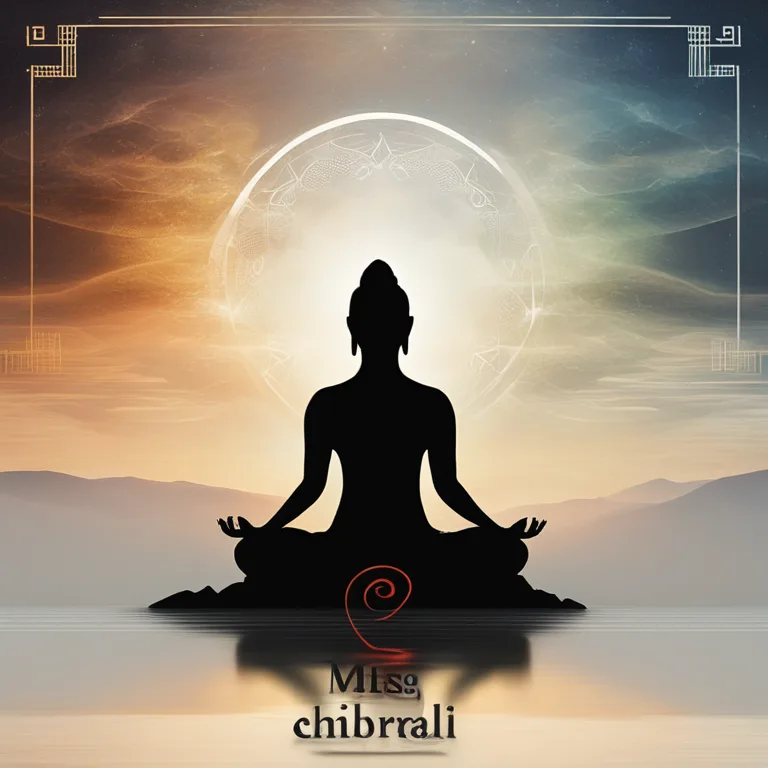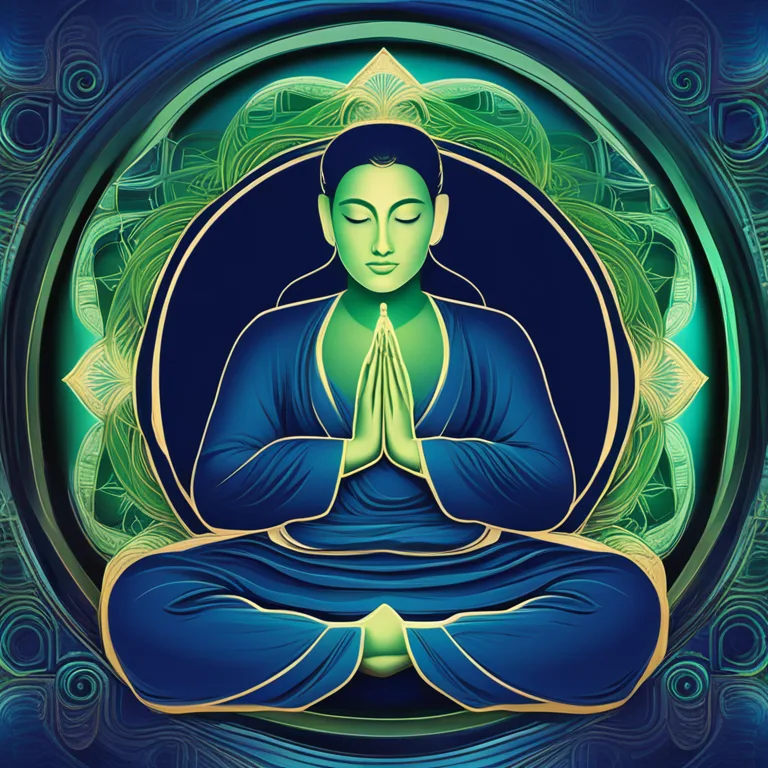
Serene Meditation Practices for Inner Peace
Discover practical and serene meditation techniques to cultivate inner calm and enhance spiritual connection in our comprehensive guide.
article by Hina Kurosawa
A Journey Within Through Silence
Meditation has long been revered as a gateway to inner tranquility and self-discovery. Silent meditation practices offer a particularly profound path to peace, bypassing the noise of daily life and guiding us into a deeper relationship with ourselves. As we venture into 2024, where technology and connectivity constantly clamor for our attention, quiet meditation techniques are not just a luxury, but a necessity for mental well-being.

Understanding Breath-Focused Meditation
One foundational technique in cultivating silence is breath-focused meditation. This involves seated silence while directing attention solely to the flow of your breath, observing its pace, depth, and the sensations it carries. The simplicity of this practice belies its power, as it draws the practitioner away from mental chatter towards the immediacy of the breath, a constant rhythm that anchors us to the present. Engaging in this practice daily can significantly reduce stress levels and foster a sense of constant serenity.

Embracing the Power of Mantra
Mantras are another valuable tool in the meditator's repertoire. Though they may incorporate sound, the inward repetition of mantras can create a deep silence within. Select a word or phrase that resonates with your spiritual intent and repeat it silently, allowing its vibration to fill your consciousness. This repetition creates a barrier against intrusive thoughts, leaving room for inner stillness to grow.

Walking Meditation: Movement in Stillness
Meditation need not be static. Walking meditation combines gentle, deliberate steps with a quiet mind, making the act of moving through space a contemplative practice. This technique aligns especially well with our modern preference for multitasking, as it allows you to engage in silent meditation while also participating in physical activity. Whether pacing through a labyrinth or simply strolling through a natural landscape, walking meditation grounds you in the moment, inviting calm into every step.

Visualizations for Quietude
Visualization is a potent method for achieving inner silence. Picture a scene—in nature or an environment where peace prevails—and immerse yourself in it mentally and emotionally. Your senses absorb the tranquility of this imagined place, and as your mind dwells there, the external and internal noise fades. This meditation technique is perfectly aligned with current virtual reality (VR) trends that offer guided visualizations, making this practice more accessible and immersive than ever before.
Zazen: The Zen Approach
The practice of Zazen, deeply rooted in Zen Buddhism, stresses the importance of seated meditation. Zazen is less about technique and more about posture and presence. Erect sitting, unwavering focus on the breath, and a clear mind are the crux of this practice. Whether in a group setting or in solitary refinement, Zazen meditation cultivates a profound silence that can extend far beyond the meditation cushion into daily life.
Progressive Relaxation for Calm
Progressive relaxation is a form of meditation that focuses on releasing tension in the body. It involves systematically tensing and then relaxing different muscle groups, promoting both physical and mental quiet. As the body becomes deeply relaxed, the mind naturally follows, leading to a state of calm serenity. The effectiveness of this method is corroborated by ongoing research into the mind-body connection, affirming its enduring relevance.
Published: 1/8/2024
Modified: 1/8/2024
More predictions
Come back here soon to learn more about yourself and your future


Meditation Techniques: A Handbook
Discover the breadth of meditation methods to enhance your wellness journey.


Meditation: Finger Techniques Explored
Discover the art of finger meditation to harmonize body, mind, and spirit through ancient practices for modern wellness.


Meditation Techniques to Soothe OCD
Discover meditation practices designed to help manage OCD symptoms through mindful awareness and relaxation.